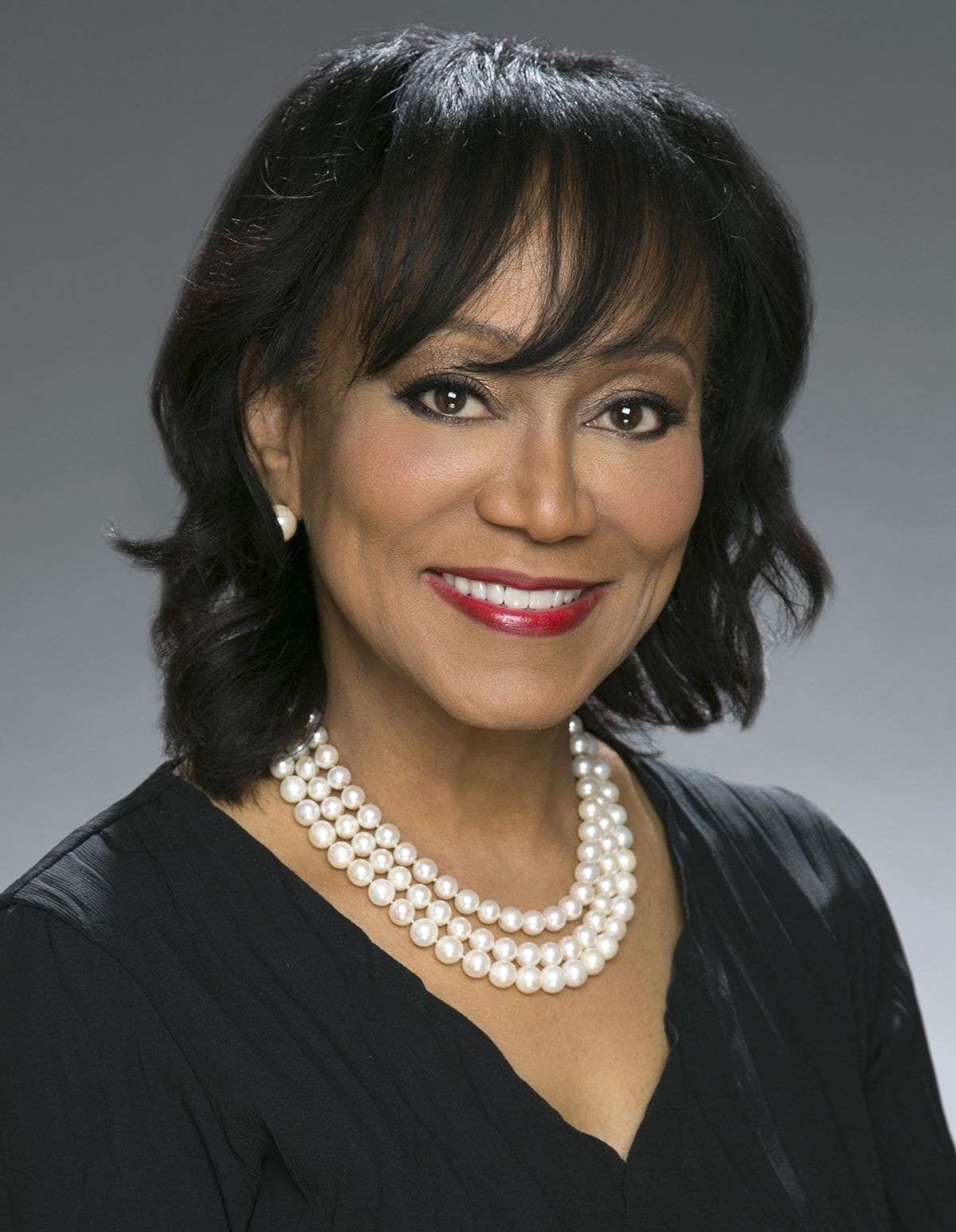- Case-Based Roundtable
- General Dermatology
- Eczema
- Chronic Hand Eczema
- Alopecia
- Aesthetics
- Vitiligo
- COVID-19
- Actinic Keratosis
- Precision Medicine and Biologics
- Rare Disease
- Wound Care
- Rosacea
- Psoriasis
- Psoriatic Arthritis
- Atopic Dermatitis
- Melasma
- NP and PA
- Skin Cancer
- Hidradenitis Suppurativa
- Drug Watch
- Pigmentary Disorders
- Acne
- Pediatric Dermatology
- Practice Management
- Prurigo Nodularis
- Buy-and-Bill
Article
Melasma treatment toolkit expands
Author(s):
The methods and products used to combat the day-to-day impacts of melasma has expanded to include tranexamic acid, cysteamine, along others.
"As providers, we want to underpromise and overdeliver. Melasma is a very challenging disease to treat because there are many factors that impact it," says Emil Tanghetti, M.D., founder, Center for Dermatology and Laser Surgery, Sacramento, Calif. (Carla Nichiata - stock.adobe.com)

Dr. Grimes

Dr. Tanghetti

Dr. Desai

As a hyperpigmentation condition known for relapses, melasma is a chronic condition that requires dermatologists to effectively manage patient expectations while trying to treat the skin.
“As providers, we want to underpromise and over-deliver,” says Emil Tanghetti, M.D., founder of the Center for Dermatology and Laser Surgery in Sacramento, Calif. “Melasma is a very challenging disease to treat because there are many factors that impact it.”
Consequently, dermatologists need a hefty arsenal of treatment options to provide patients with the highest level of care possible. Fortunately, he says, the toolkit is expanding. While many long-standing therapeutic recommendations are still part of standard treatment, the industry is expanding the methods and products it uses to combat the day-to-day impacts.
LONG-STANDING THERAPIES
Sunscreen: For decades, sun protection has been the first therapeutic option prescribed to patients upon a melasma diagnosis, says Pearl Grimes, M.D., director of the Vitiligo and Pigmentation Institute of Southern California. Historically, most attention has been given to protecting patients from UV light, but recent research indicates visible light, particularly low-spectrum blue light, also exacerbates hyperpigmentation.
Consequently, dermatologists should encourage patients to choose sunscreen and cosmetics that contain iron oxide, such as those from Dermablend, she says, because it can effectively block out both UV and visible light.
“I have patients mix it with their regular make-up or sunscreen to be able to give them some additional protection against visible light,” she says.
Hydroquinone: Hydroquinone has been a standard topical monotherapy for melasma for nearly 60 years. For many patients, it can still be the most efficacious treatment option because it interferes with the melanin production, leading to lighter skin.
It’s available with a prescription as a 4-percent concentration topical, and it’s most often used with patients who have moderate-to-severe disease.
RELATED: Melasma treatment possibilities expand thanks to new research
NEWER THERAPEUTIC OPTIONS
To maximize treatment options for melasma, the industry is exploring new nonhydroquinone options that are equally effective.
“It’s been a great paradigm shift for me, knowing that now, in addition to having new agents that are as effective as primary agents in patients, I can also use them when I need to get patients off hydroquinone,” Dr. Grimes says. “It’s a way to work to keep the patients in remission.”
Tranexamic acid: Tranexamic acid entered the gynecology market 40 years ago as a drug that helped women with heavy periods control their menstrual cycles. But, it also has off-label anti-inflammatory properties that can block pigment production via tyrosinase enzyme, says Seemal Desai, M.D., president of the Skin of Color Society. It’s available both topically and orally and can be considered in patients where hydroquinone or other combination topical therapies have failed.
Products containing tranexamic acid can also be used for maintenance after patients achieve sufficient clearing via hydro- quinone, though they can experience a melasma flare when they come off tranexamic acid products. Use it cautiously, however, and avoid it with patients with a history or deep vein thrombosis or who are taking oral birth control because tranexamic acid promotes blood clotting.
“There’s a concern, but, as dermatologists, we use it in lower concentrations than what’s used to control hemorrhage,” Dr. Grimes says. “It absolutely works, but get a thorough patient history if you’re going to use it.”
The standard dose is between 250-500 mg twice daily, but only a 650 mg pill is available in the United States. Desai recommends patients split the pill between morning and night. Topical treatments are available in 2 percent and 3 percent concentrations.
Cysteamine: This nonhydroquinone topical cosmeceutical is made from the amino acid precursor cystine. The 5-percent cream, which produces a sulfuric odor, contains cysteamine hydrochloride that can inhibit melanin synthesis. Although additional research is needed to determine how it works, Dr. Desai says, it’s proven to be an effective option for melasma treatment. Patients apply it like a mask that must be washed off.
Heliocare: This oral antioxidant offers an extra layer of protection against free radicals in sunlight, infrared light, and visible light that can damage the skin. It is not a replacement for sunscreen, however, and should be used in conjunction with sunscreen that offers UV protection, Dr. Grimes says.
RELATED: Treatments, triggers and tranexamic acid
RESURFACING PROCEDURES
Overall, resurfacing procedures, such as peels and lasers, are not recommended as first-line defenses against melasma. And, in many cases, they will be more effective during certain times of the year when patients can exert more control over their levels of sun exposure, Dr. Tanghetti says.
“Most devices used for resurfacing are probably better used in the winter because it’s too easy for patients to be stimulated by the sun during the summer,” he says.
But, peels and laser treatments can be effective when employed properly.
Peels: While peels should never be used as a primary or monotherapy, Dr. Grimes says, they can be used in conjunction with an appropriate topical regimen that fits a patient’s specific needs. In most cases, they are a safer option than laser treatments because melasma-affected skin is very fragile and easily irritated. Peels are a less aggressive treatment that are less likely to launch patients into post-inflammatory hyperpigmentation that can be even more difficult to treat.
Lasers: Do not use lasers as a primary or secondary treatment option. But, for patients with recalcitrant disease, Dr. Desai says, a low-frequency Q-switch laser can be effective, and new research has also shown that narrow pulse width pico- second lasers can reduce the appearance of melasma.
RELATED: Let’s talk about melasma
COMBINATION THERAPIES
Microneedling/Tranexamic Acid: Studies are underway to determine whether combining microneedling and tranexamic acid topicals can be a more effective in combatting melasma. The small channels created by microneedling can potentially allow the tranexamic acid to penetrate deeper into the skin.
Overall, whether the treatment is oral, topical or device-related, the industry is actively creating therapeutic options to help patients control the skin condition.
“We are working on getting better agents to treat melasma. This is just the beginning of, hopefully, a tsunami of new and better products to therapeutically treat this challenging condition,” Dr. Grimes says. “It’s coming. I think the train has left the station, and it’s moving fast.”





